How to hack your brand in 24 hours
Over the years I’ve developed a lean branding framework that enables early-stage entrepreneurs to quickly put together a brand that’s meaningful.
If you are an early-stage entrepreneur, chances are you don’t have the budget and the time to build a million-dollar brand. You probably resorted to 99design for logos or hired a design intern to put together a simple brand guideline.
However, you probably noticed that something is just not quite right and you aren’t entirely sure why. This is either because you never communicated your brand narrative to your designers or the designers simply don’t know what you’re looking for.
What I am about to share with you today isn’t the agency way of building a brand because that would take 4 months and cost you $80,000. Rather, it’s a framework you can use to hack together a meaningful brand in 24 hours.
But before we get into that, let’s talk about what a brand is. My favourite definition of a brand is:
“Your brand is what people say about you after you leave the room” — Jeff Bezos, Amazon
I love this definition not only for its simplicity but also the way Jeff connects a brand to a person’s character.
In a nutshell, this is really what a brand is. You can think about a brand in the way you think about a person. Just like a person, a brand has its own identity, voice, values personality, beliefs, story, character, attitude, and soul.
In this guide, I am going to show you how to create a brand narrative from start to finish.
Step 1: Tell your life’s story

In the early-stage, a startup’s brand is a reflection of the founder’s ethos, values and beliefs. It is an extension of you. This is why it’s important to understand your personal identity and the events that have occurred to shape your identity. Here is a sample interview script that I use with my clients.
Early childhood
- Where were you born?
- Tell me about your parents. What were they like? How did they influence you?
- Do you have any siblings? What was your relationship like with them?
- Tell me about your childhood. What did you like? What didn’t you like? Why?
- Tell me about a time when you’ve experienced failure for the first time.
Adolescence
- Tell me about your first love. What was that like?
- Tell me about your first heart break.
- Tell me about the friends you hung out with in high school. What were they like?
- Did you play any sports or instruments? What were your hobbies?
- Who is the biggest influencer of your life at this time?
- Tell me a time where you felt embarrassed or ashamed of your actions. What happened?
Adulthood
- Did you attend any post secondary education? What did you study?
- What did you do during your spare time?
- What are your career aspirations? What do you want to accomplish?
- How did you come up with this idea?
- Why did you decide to solve this problem?
As you dig deeper to understand more about your life story, you will learn the truths behind what motivates you and why you do the things you do. Try to recall the emotions you’ve felt as you talk about the series of events that have shaped up your identity.
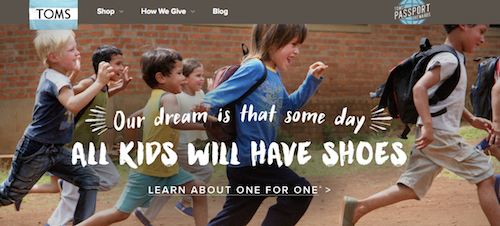
In 2006, during a trip to Argentina, Blake Mycoskie witnessed the intense pockets of poverty where kids would suffer from foot injuries because they had no shoes.
Having been born to an orthopedic surgeon, Blake understood the long-term consequences of being shoeless. Inspired, Blake founded Shoes for Better Tomorrows, a for-profit business that would donate one pair of shoes for every pair of shoes sold (also known as the “One for One” model).
Shoes for Better Tomorrows is later rebranded as TOMS and the company has since then donated more than 70 million pairs of shoes to children in need.
One for One became a powerful company mantra that invites consumers to join Blake’s mission to provide shoes to every child on the planet.
Step 2: Create a word cloud

After you have told your life’s story, review it, and pick out the words that resonate with you the most. These words can be your values such as honesty, integrity, and loyalty or they could be words related to your product or service.
In this step, you want to unload all the words that are associated with your brand. Don’t think too much and just write them all down without second guessing yourself. The purpose here is to get all of your ideas on paper first so you can review them later. Think of these words as the Lego blocks that you will be using later on to build your brand narrative.
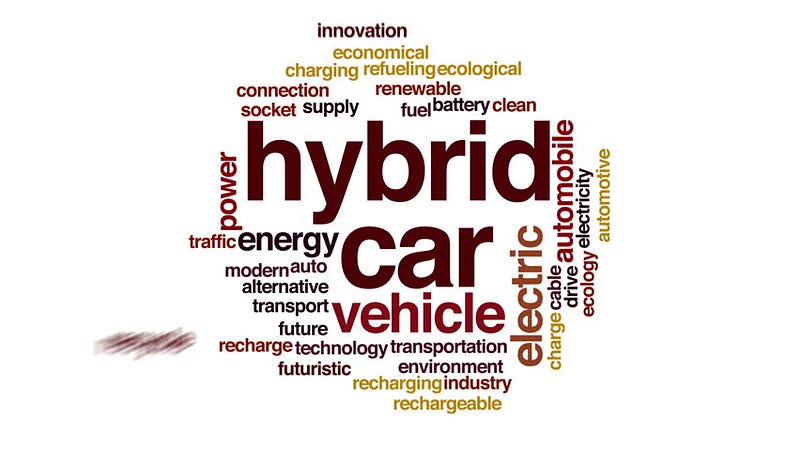
Step 3: Research quotes that are related to your values

Often times, brand inspires us to pursue things that are greater than ourselves.
Nike wants us to find our greatness.
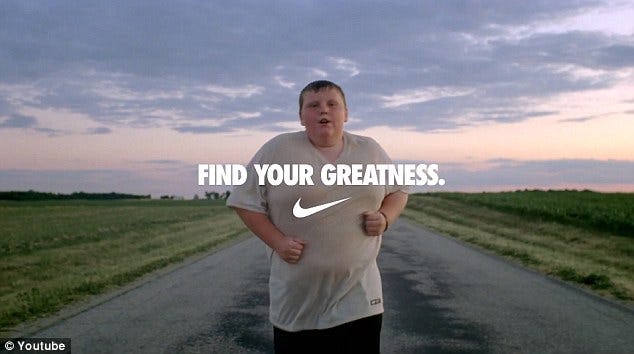
North Face inspires us to never stop exploring.
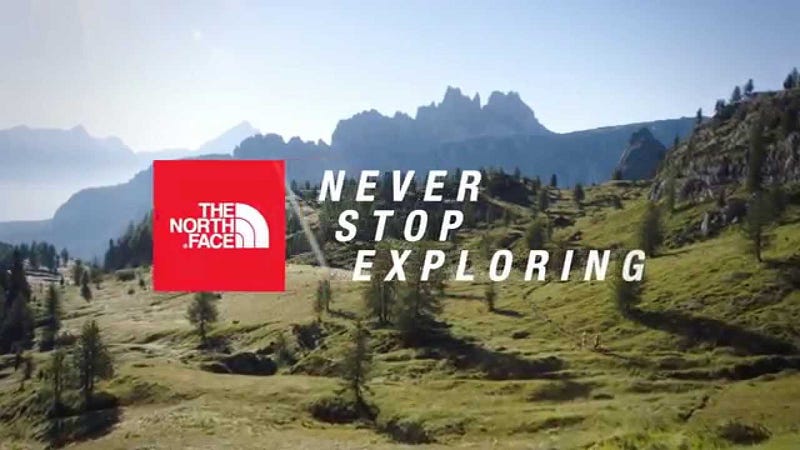
Airbnb makes us feel like we can belong anywhere.
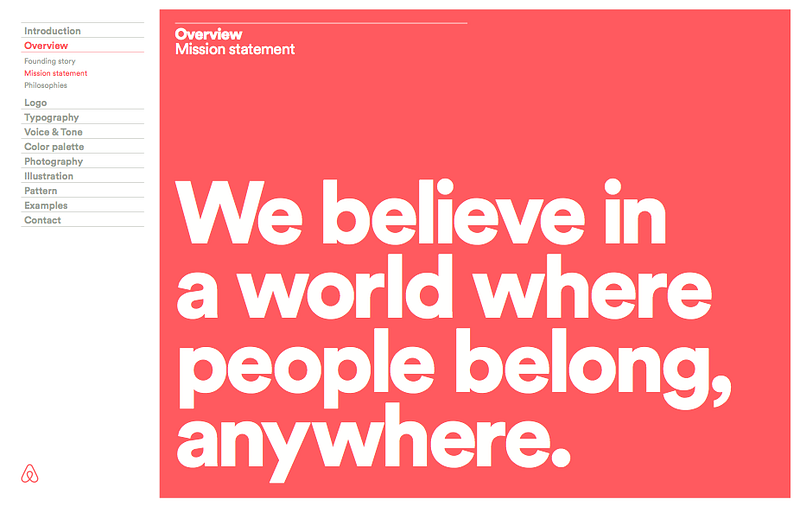
All three brands attempt to fuel our aspirations for the things we value, whether it’s achieving our true potential, igniting our passion to explore or realizing our yearning to belong.
Now here’s the cheat.
Quotes and idioms also aspire you to become something more. Great quotes would always have a philosophical basis, which makes them inspiring in the first place.
Examples:
- “The whole is greater than the sum of its parts”
- “It feels good to be lost in the right direction”
- “We don’t remember days, we remember moments”
- “Beauty begins the moment when you decide to be yourself”
- “Memories are timeless treasures of the heart”
Here you want to brainstorm as many quotes as you can that are associated with your values and beliefs. It would be better if they are tied to the reason why you wanted to build this company in the first place.
Step 4: Collect images that are related to your values and product

In this step, you want to visualize what your brand would look like by collecting images that would evoke the type of emotions that you want your audience to feel.
For Absolut Vodka, it’s about owning the night. It’s about having these unforgettable nights that can happen anytime and anywhere. It’s about having these nights where you can open up and truly connect with the people around you.
In their mood board, we can see images of people socializing and having a good time over great food and drinks.
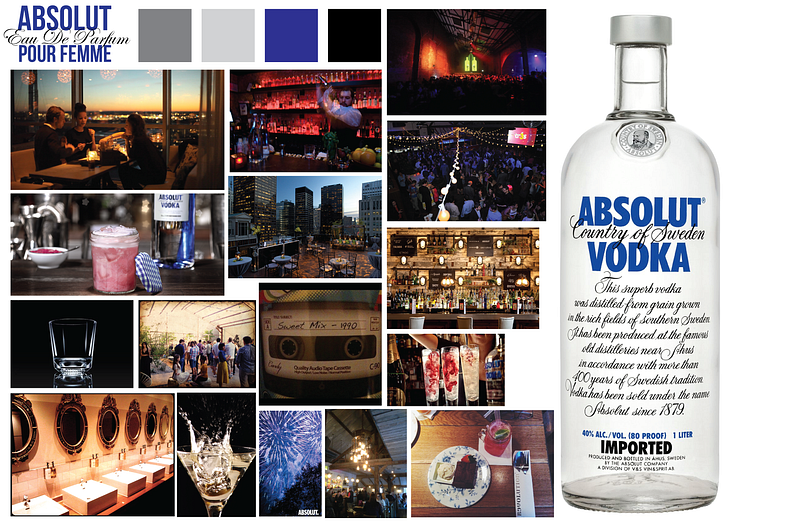
Step 5: Conduct a competitive analysis

This is the final piece of research to add to your arsenal. By conducting a competitive analysis, you will understand how to uniquely position your brand against your competitors.
In a letter to his team, Stewart Butterfield, CEO of Slack, once said,
What we are selling is not the software product — the set of all the features, in their specific implementation — because there are just not many buyers for this software product. (People buy “software” to address a need they already know they have or perform some specific task they need to perform, whether that is tracking sales contacts or editing video.)
However, if we are selling “a reduction in the cost of communication” or “zero effort knowledge management” or “making better decisions, faster” or “all your team communication, instantly searchable, available wherever you go” or “75% less email” or some other valuable result of adopting Slack, we will find many more buyers.
There are many software products that have group chat features, but Stewart knew what he was selling on day one — he was selling organization transformation.
Another example is RunGo, a running app that allows you to explore new routes with turn-by-turn voice navigation. It has many competitors in the running space but each of them has a different brand message.
- Strava — “Connecting the world’s athletes”
- Runtastic — “Your health and fitness community”
- Charity Miles — “Move with purpose. Earn money for charity”
- Zombies, Run — “Run in the real world. Become a hero in another.”
- Moves — “Activity Diary of Your Life”
- Endomondo — “The personal trainer in your pocket”
By understanding how each competitor is uniquely positioned, RunGo was able to focus their brand message around discovering new running routes independently and position themselves as the only running app that empowers you to explore.
Step 6: Create your brand narrative

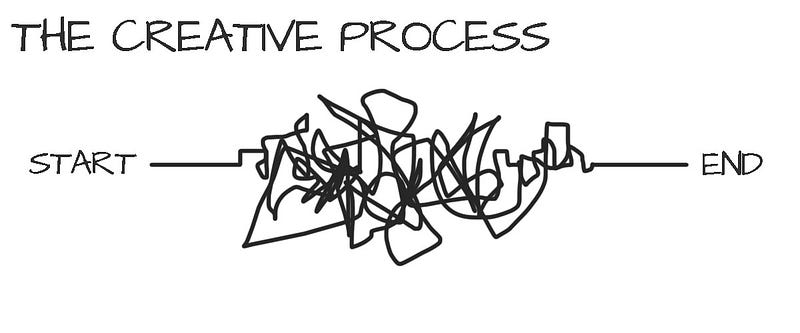
The creative process is messy. Up to this point, you have been collecting ideas and information about your brand and you probably feel like you are not getting anywhere. That’s fine. You are supposed to feel this way.
But trust me, if you’ve done the work, the ideas will come to you. The key to crafting a great brand narrative starts with nailing down the top 2 to 3 values you want to convey and the belief that echoes these values.
There’s no better way to explain this than showing you two brand narratives that I’ve created for my clients.
Case Study 1: BTL Group
The first one is BTL, a publicly-traded company that offers blockchain solutions to businesses across multiple industries, in particular the finance, energy and gaming sector.
When I interviewed BTL’s Co-founder and CEO, Guy Halford-Thompson, he said that BTL’s technology will be applicable to any process that requires trust and it depends on the synergy across a trusted network of applications. Synergy and trust became the two most important values to highlight, thus defining the logo of the brand.
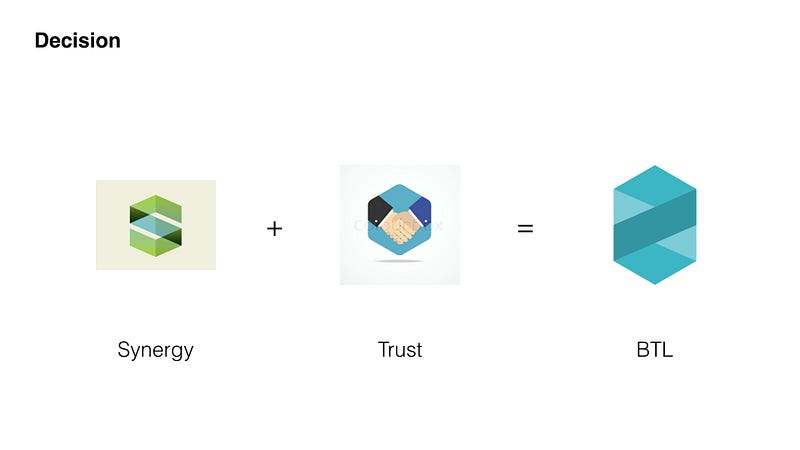
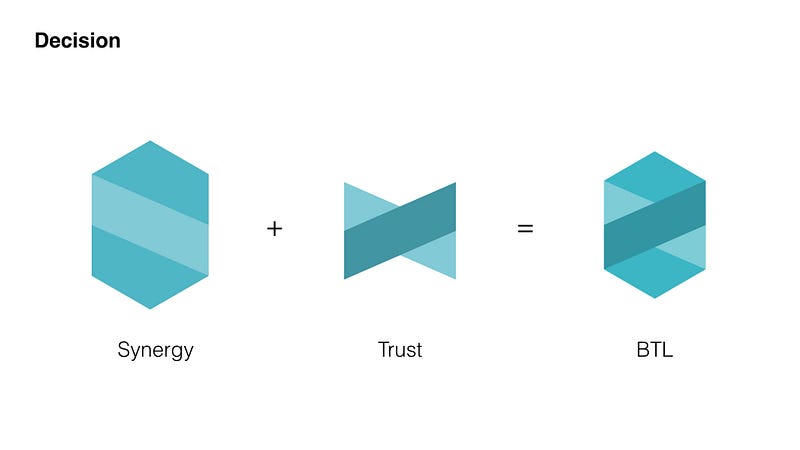
By diving deep into how blockchain works and understanding the founders’ story, I then came up with the following brand narrative that highlights BTL’s commitment to build a more transparent and decentralized world.
Case Study 2: Pangea Maps
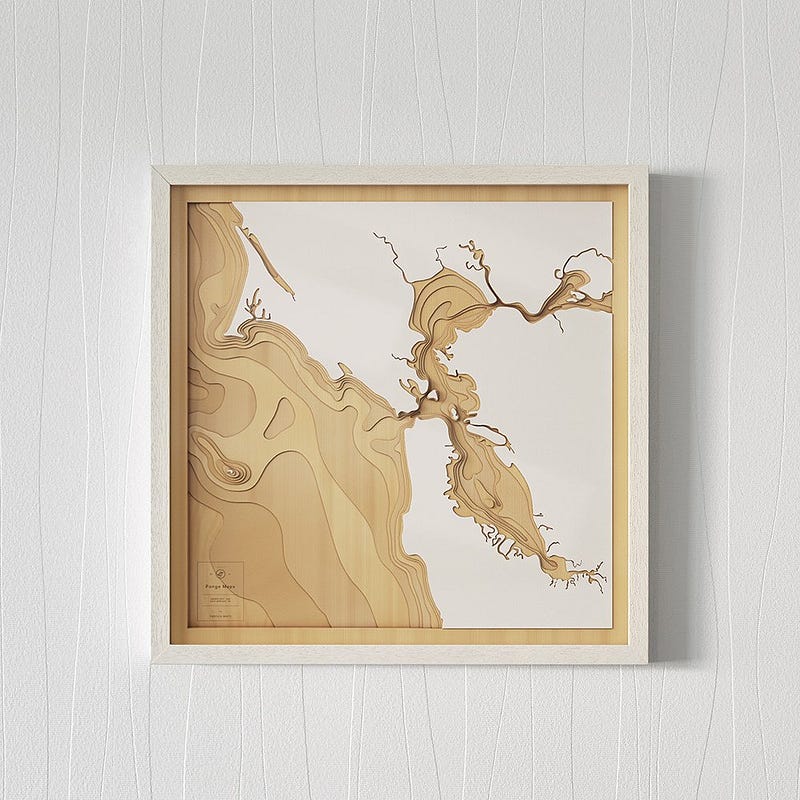
The second example I want to share is Pangea Maps — they make beautifully-crafted contour maps of places that are most important to you and your loved ones.
After having a long conversation with the founder, Tom Percy, I realized that he wasn’t just selling a piece of art, but a gift that would transcend space and time.
Take Glen and Melinda’s story as an example. Glen bought Melinda the contour map of Sydney Harbour because it symbolizes a moment in time where they’ve decided to spend the rest of their lives together. It’s these stories that make Pangea Maps so unique and deeply personal.
Like all great stories, a brand narrative has a beginning, middle and end. It’s a story pattern that we recognize and are familiar with. Humans are deeply wired to recognize patterns because it was essential for our survival.
It can even be said that our superior pattern processing abilities are responsible for the evolution of our unique features such as intelligence, language, imagination and invention.
“The human mind is a story processor, not a logic processor.” — Jonathan Haidt, Psychologist and Professor
Perhaps story patterns could be considered another form of language born from our innate need to make sense of the world around us. A brand narrative is no different — it adds meaning to your marketing.
Your narrative can be as long as you want it to be or as simple as a couple of sentences. However, it must follow a story pattern that answers the following questions:
- What is your brand belief?
- Why do you care about it so much?
- How will your brand deliver on its promise?
Last Words of Wisdom
A great brand narrative is one that shines as your brand’s North Star. It encompasses the values and beliefs that your brand cares about. It’s meant to be used internally among you and your team.
At the same time, it serves as a great reference material for any marketing collaterals from your website’s copywriting to imagery you use in a campaign. Once a brand narrative has been created, everything else would fall into place.
I hope this guide has provided you with the knowledge to quickly hack your brand together. If your startup has more than 10 people, I would recommend Jake Knapp’s three-hour brand sprint.
–
This article first appeared in www.medium.com
Seeking to build and grow your brand using the force of consumer insight, strategic foresight, creative disruption and technology prowess? Talk to us at +9714 3867728 or mail: info@groupisd.com or visit www.groupisd.com


